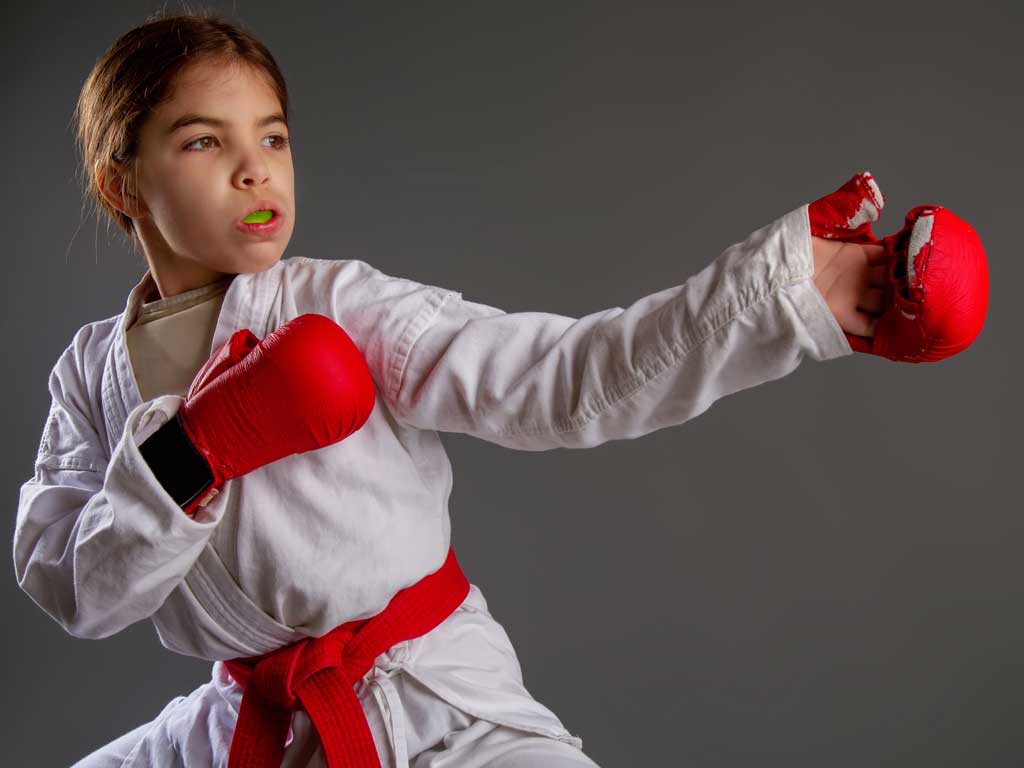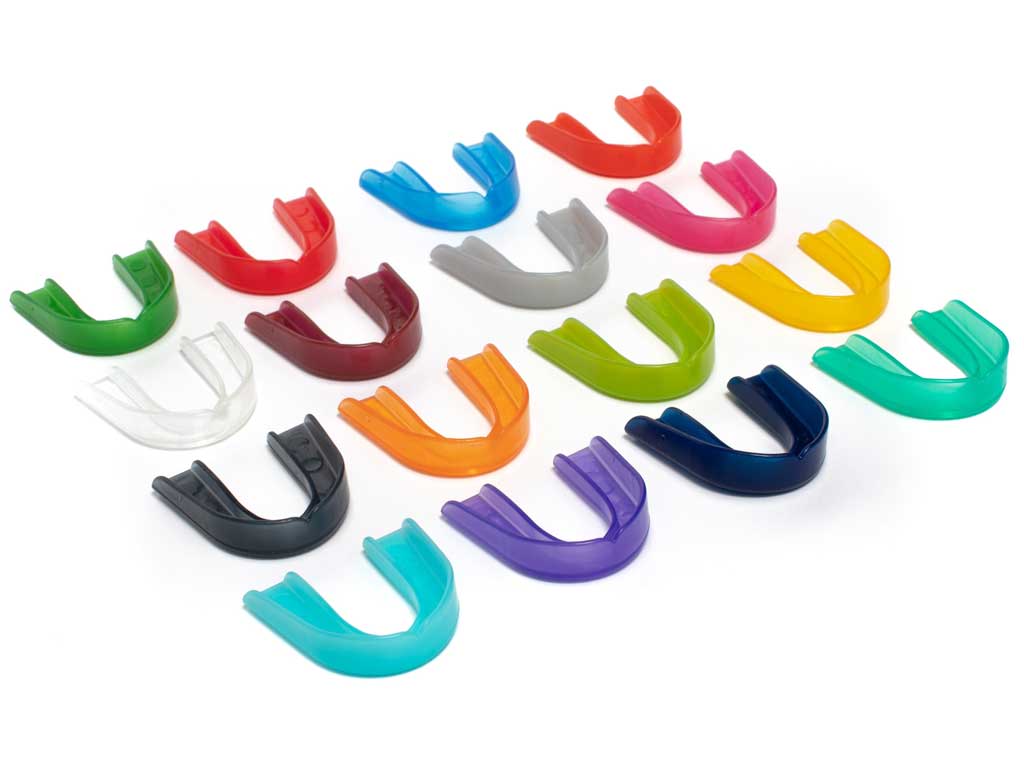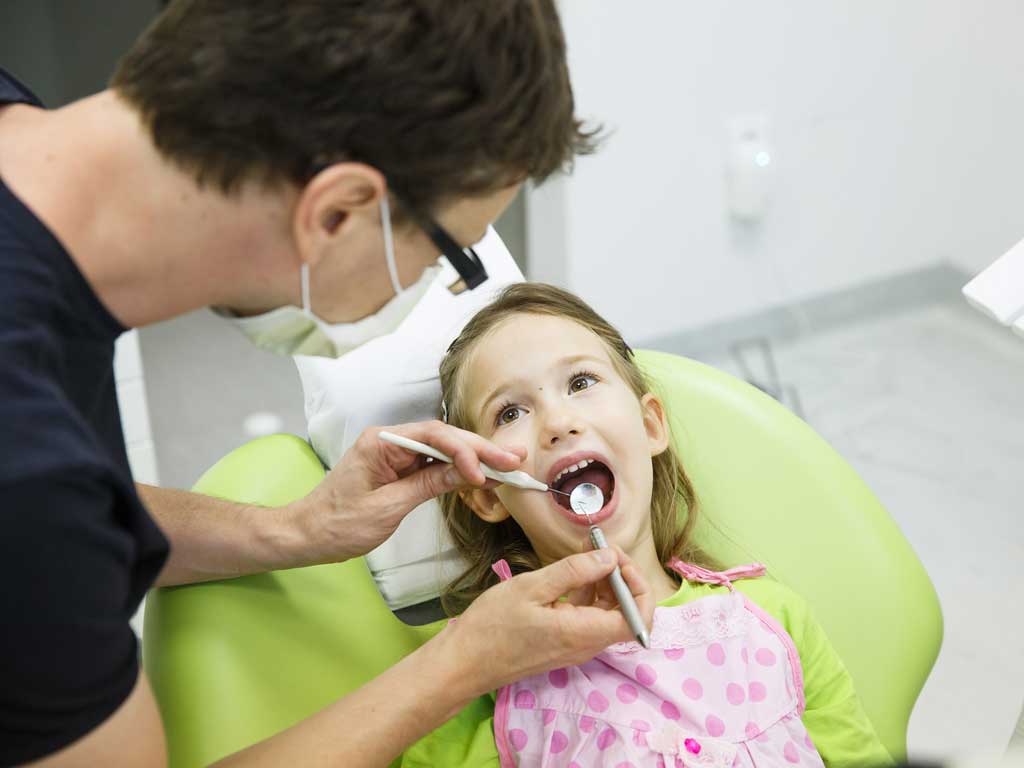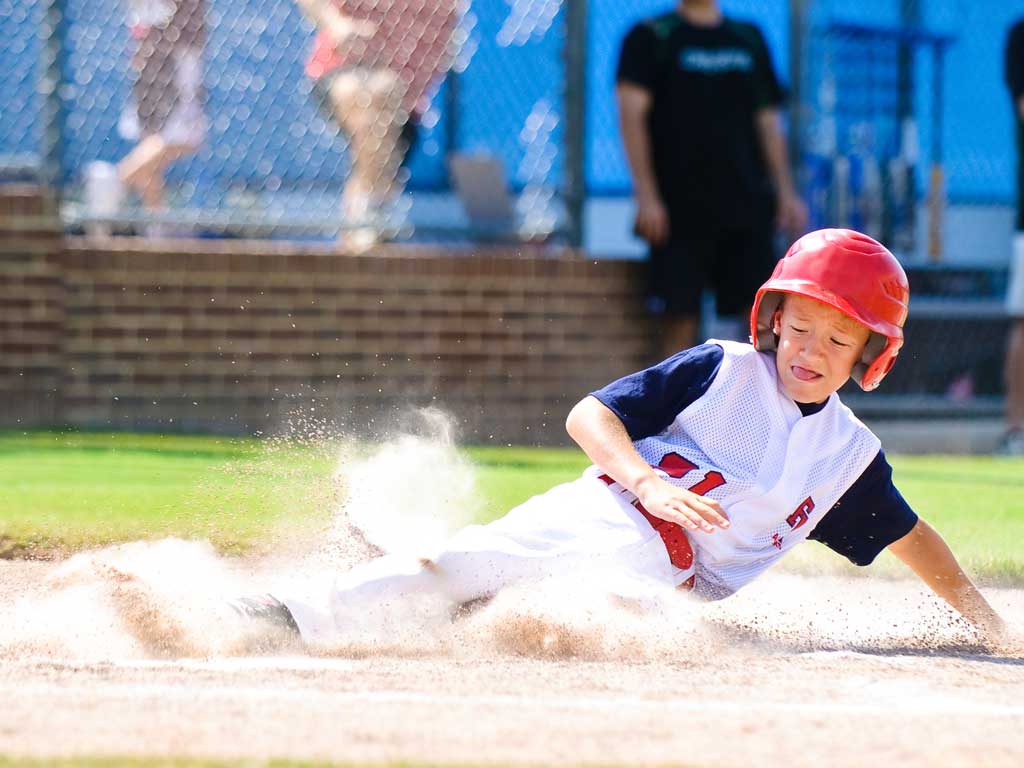With Hawaii schools back in session over the last year, in addition to in-person classes, many children are participating in team sports and activities again. And as every parent knows, that means potentially more accidents and dental injuries for their keiki.
We all want our children to be safe when participating in athletics, but mouth and dental injuries are quite common and can vary by age. According to the Centers for Disease Control (CDC), nearly seven-million sports related injuries are reported annually – half of which are sustained by kids. In fact, about 50 percent of all kids will have a tooth-related injury during childhood, many of which are preventable.
When it comes to kids’ oral health, it is estimated that players who don’t wear athletic mouth guards are 60 times more likely to suffer at least one cracked tooth than those who do. Athletic mouthguards, sometimes referred to as mouth protectors or sports mouthguards, are dental devices that cover the top or bottom rows of teeth, or both. In fact, mouthguards protect more than just your teeth, they also protect your lips, tongue, gums, jaw, the soft tissues in your mouth, and allows for normal speaking and breathing during play – you can even wear them with braces. In some instances, mouthguards also reduce the likelihood of getting a concussion by cushioning and redistributing the force of sudden impacts.

A sports mouthguard is recommended if you play any sport, not just contact sports. This includes, but is not limited to football, soccer, boxing, basketball, baseball, volleyball, wrestling, and more. Sports mouthguards can also be used for other non-contact sports and recreational activities that may cause damage to the mouth, such as surfing, gymnastics, biking, skateboarding, and ice- and roller-skating.

How Do I Pick the Right Mouthguard?
There are many types of mouthguards on the market, and most that are off-the-shelf are relatively inexpensive. Depending on your child’s needs, you can also get a custom mouthguard fitted by your dentist; review your dental benefits plan to verify that athletic mouthguards are covered for your child. Ultimately, the most effective sports mouth guard is one that your child will wear regularly. It should be comfortable, damage resistant, and durable, as well as fit properly, be easy to clean, and not restrict speech or breathing.
Mouthguard types include:
Stock (ready-made) – Ready-made mouthguards are the least expensive and commonly available at department and sporting goods stores and do not require a visit to the dentist. Stock mouthguards come in various sizes and are not personalized for each mouth.
Mouth-Formed (boil and bite) – These self-adapting mouth guards soften when placed in hot water and are then adapted to the wearer’s individual mouth through bite pressure and manipulation of fingers and tongue. Dentists may assist with final molding, but otherwise, you can find these at most retail stores and fitting can be done at home.
Custom-Fitted Mouthguards – These mouthguards are available through select retailers or may be fitted at a dental office from a patient’s bite impressions. A custom mouthguard provides the best fit, comfort, and efficiency, but also may be the most expensive option if molded at the dentist.
What Should I Do If My Child Gets a Mouth Injury?
Here are a few things to keep in mind if your child gets a sports related mouth injury:
Familiarize your family with common injuries– Toothaches, cracked teeth, or knocked-out teeth are all common dental injuries. Some require immediate medical attention while others may not be as serious. Learn the difference, and ensure you know how to treat common scenarios – ask your dentist for advice on what to look out for.

Have your dentist’s phone number on hand – Keep your dentist in your contacts and make sure you know their office hours and how to contact them in an emergency after hours. If you need help finding a dentist, contact your dental benefits provider for assistance.
Create a backup plan – If your primary dentist is not available after business hours, make sure you know another dentist who is. Knowing where to go in an emergency will help you remain calm and focused, allowing you to get the care your child needs soonest.
Know your dental coverage – Not all plans are created equal, so it’s important for you to know how emergency coverage works with your plan. Also, ensure you have coverage for an athletic mouthguard, which is different from an occlusal or night-mouthguard that are typically used to prevent clenching and bruxism, i.e., grinding teeth.
Remember, broken or knocked-out teeth do not grow back once they’re lost. Protect your keiki’s healthy smile and ensure they’re wearing a mouth guard for any sport they play.

Mouthguard Pilot Program for Hawaii Athletic Leagues
As student athletes geared up and hit the field in 2021, Hawaii Dental Service (HDS) started a mouthguard pilot program by donating nearly 10,000 fitted Game On® mouthguards, the only mouthguard to earn the American Dental Association Seal of Acceptance, to high school athletics programs across the State of Hawaii and select sports athletes at all public, private and charter schools. The program will continue through 2022 and is being expanded to provide mouthguards to other athletics programs, including collegiate and youth leagues.
Parents and athletes should contact their coach or school’s athletic director or trainer to learn about getting a sports mouthguard to protect themselves from injury. To learn more about the HDS mouthguard pilot program and the benefits of mouthguards, please visit HawaiiDentalService.com/mouthguards.





